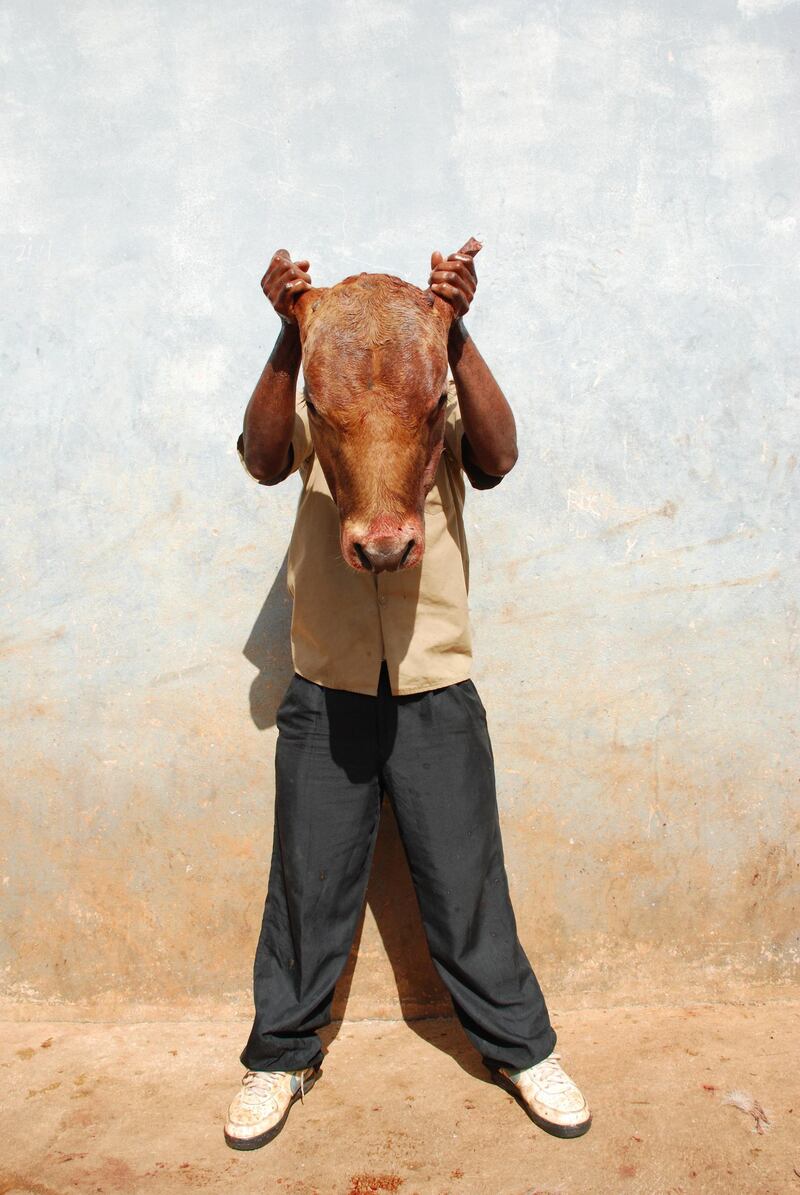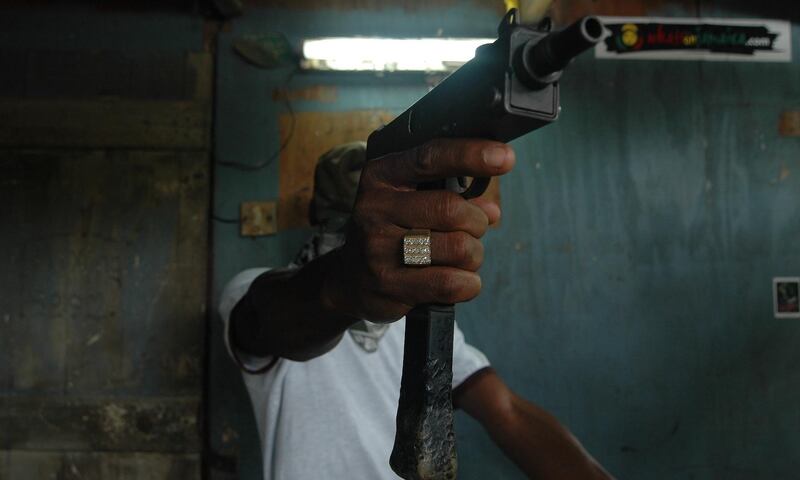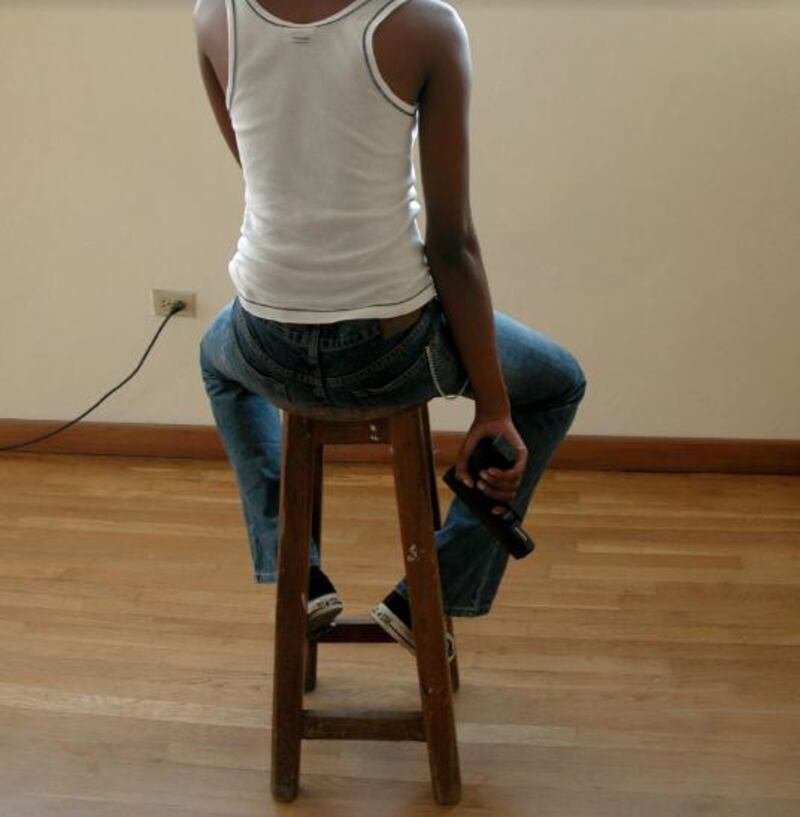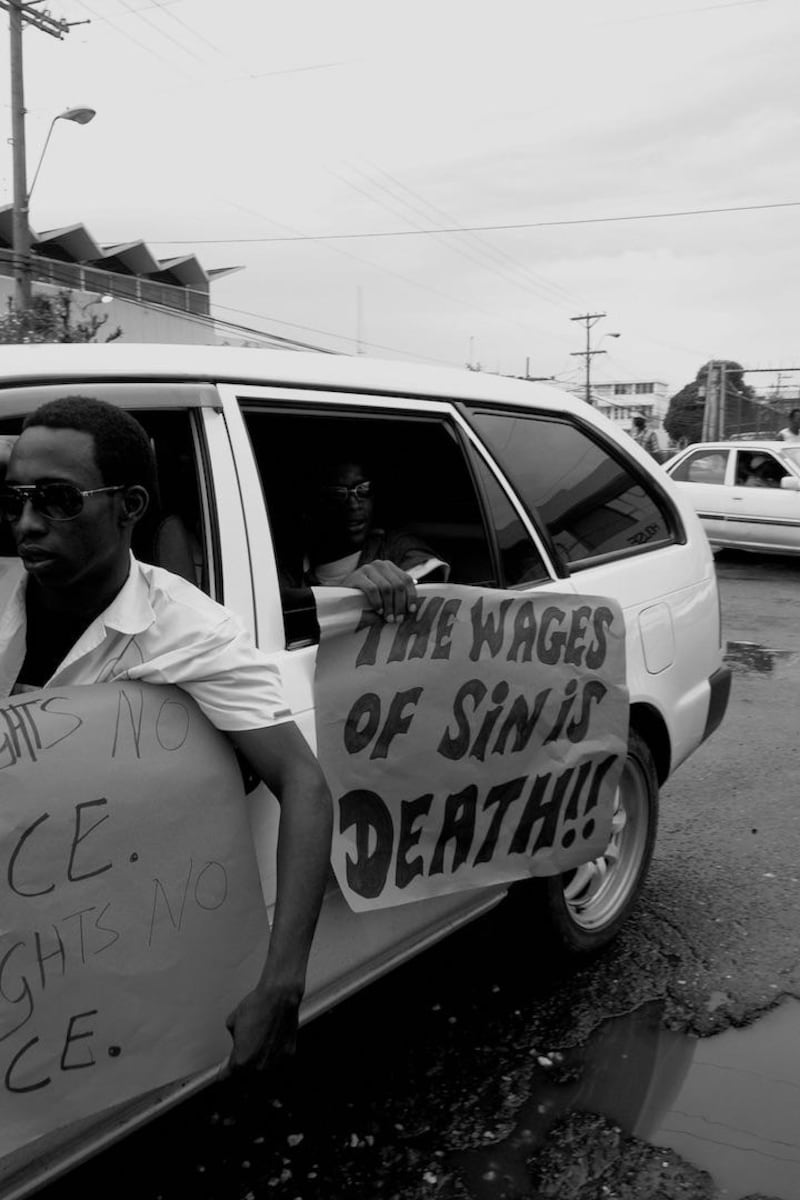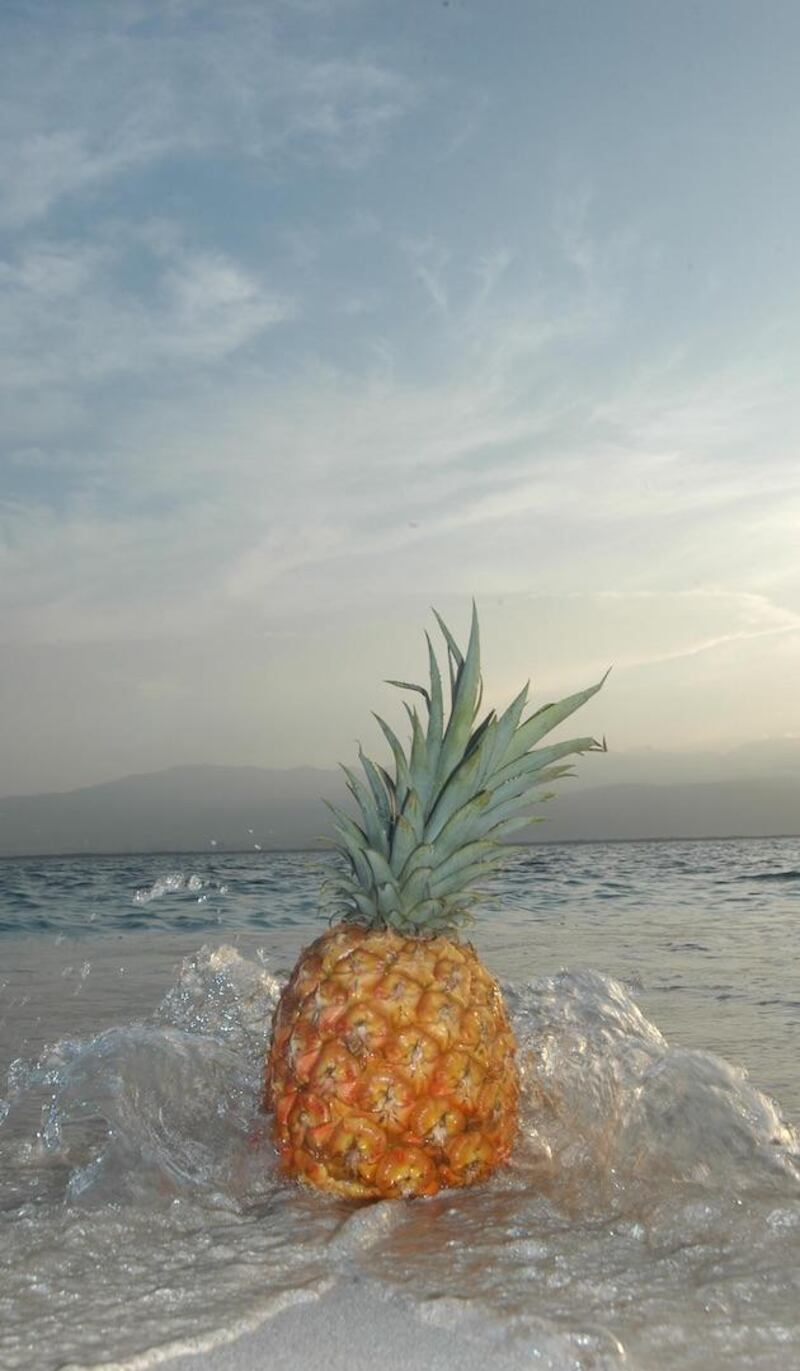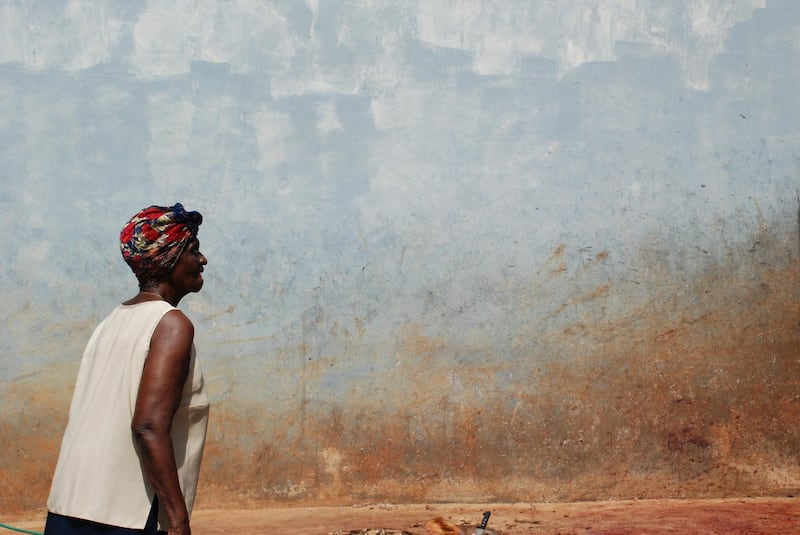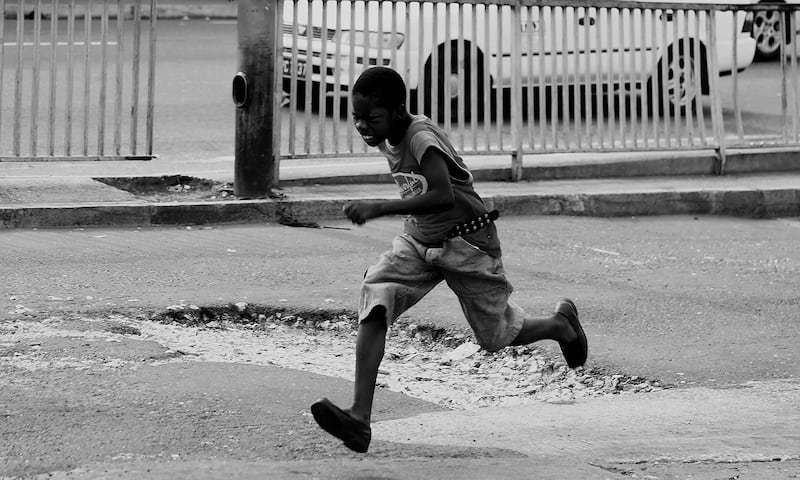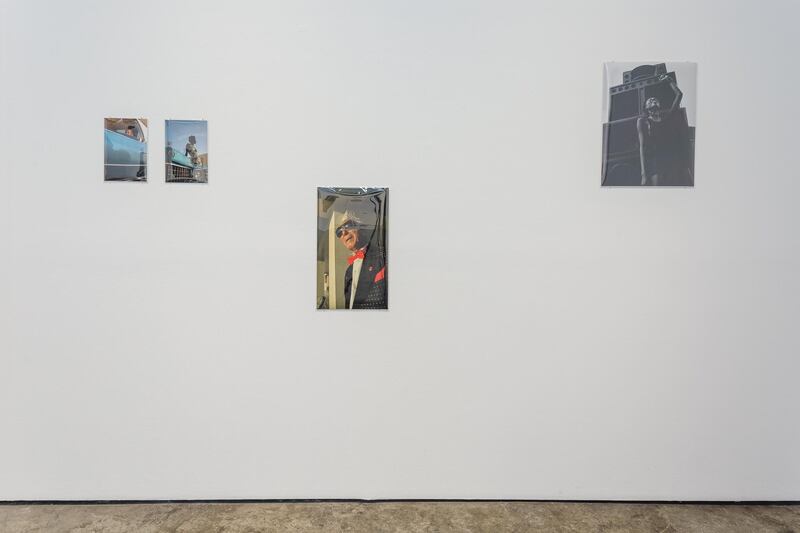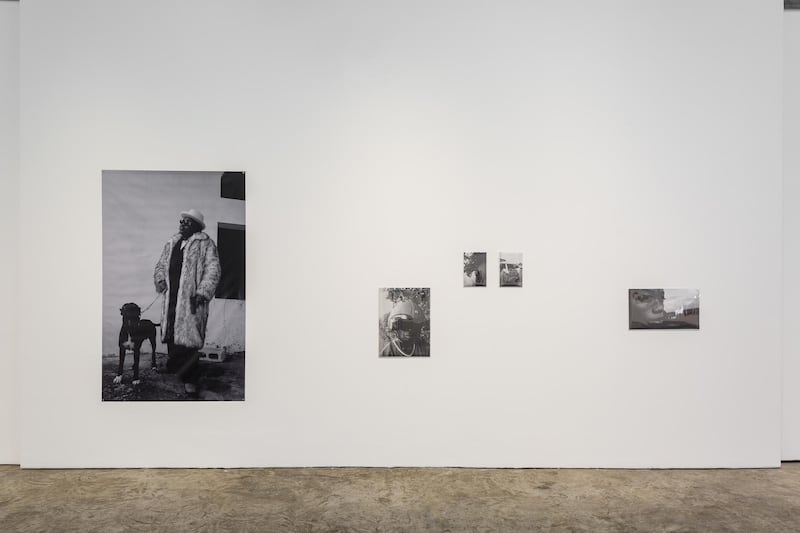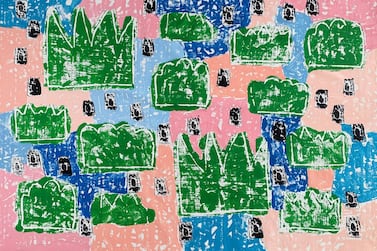A self-described “media terrorist”, artist Peter Dean Rickards captured Jamaica in ways no one else had done before. His body of photographic work about the island nation contained scenes of vulgarity, chaos and violence, but also natural beauty, resilience, creativity and humour.
Some of these images are on view at Dubai’s The Third Line in an exhibition titled The Afflicted Yard, which gives a glimpse of the diversity of Rickards’ archive, but also his sharp eye for the bizarre, the chaotic and the exquisite.
Born in Kingston in 1969, Rickards and his family moved to Canada in the mid-1970s to escape the political violence that roiled Jamaica at the time. He was diagnosed with Hodgkinson’s Lymphoma at 16 years old, and then underwent treatment to fight the disease. In the 1990s, he moved back to Jamaica to continue his studies. His years abroad coloured his views of “Yard” – a patois term Jamaicans use to refer to their island nation.
Eventually, he turned to photography as a way to capture the country as he saw it, but also to show a side that was not often depicted in the media. In 1999, he set up the website The Afflicted Yard as a platform to showcase the images he had taken.
“Peter was the champion of the underdog,” says Russell Hergert, a friend of Rickards’ who helps manage his estate after the artist's death from cancer in 2014. Hergert, who has co-curated the exhibition with Sebahat Derdiyok, remembers Rickards' desire to portray Jamaica differently. “He was never happy with the way that images were represented in Jamaica up to that point. A lot of photographers were known as ‘pictureman’, which means just take a photo at a wedding or take your typical Bob Marley shot on the beach and that was Jamaica. And he's very much 'that's not what Jamaica is'.”
Instead, Rickards photographed characters like Ninjaman, a dancehall DJ who is currently serving a life sentence for murder since 2017. In 2003, the artist took one of his most memorable photos – Ninjaman carrying a “get-out-of-jail-free” card. According to Hergert, Rickards tracked down the DJ after hearing that he was on the run from the law. When he found him, recounts Hergert, Ninjman said, “I’m going over to Kingston today and I’m going to turn myself in to the police because I’m the most wanted man right now”, to which Rickards responded to by reaching into pocket and giving him the iconic Monopoly card. “Here you go,” he told him. “You’re going to need this more than me.”
Rickards didn't shy away from Jamaica's violent side, as seen in photographs such as Gun Like Dirt, part of a series the artist created in the gritty neighbourhood of Grants Pen. "Peter had zero fear," recalls Hergert. "He could warm himself to anybody just from his personality … So these guys were happy to show them their side of life, but it was very real. The balance between police and gunmen in Jamaica is not a good one," he says, adding that Jamaica has one of the highest homicide rates in the world. "It's a problem, but it's also a cultural angle that no one had ever explored before, image-wise."
There are also the cinematic shots of the Friday Morning Market series, showing the slaughter of a cow. Originally conceptualised as a music video, the shots allude to gun deaths within the community. "We filmed this in the local slaughterhouse that's out in the country. Eight animals were slaughtered for their meat, for the community. During that same two days, 13 Jamaicans lost their lives to gun violence, so it is about the slaughter that's being done within," explains Hergert.
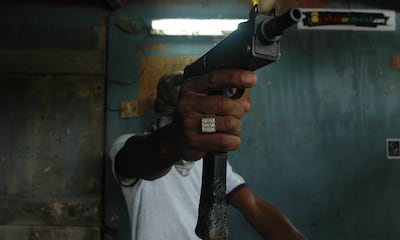
His pictures also documented the rich creative culture of Jamaica, from dancehall to poetry. In the exhibition, there are scenes from a venue on Constant Spring Road in Kingston for poetry sessions where poets could read their work. Other times, Rickards would take portraits of musicians such as Sizzla Kalonji and Lee Scratch Petty, who appeared in last year's Sole DXB, and odd characters like Percy Lee.
There are also his more documentary-style photos, where he captured everyday people, from a woman selling oranges by the road to a young boy charging through the Kingston streets with tensed expression on his face. To earn his living, he also took shots for modelling agencies, which offer a composed contrast to his other images.
Apart from his photography, Rickards also took on numerous projects, including the launch of internet radio station Kingston Signals, which he started in the early 2000s. Hergert recalls that he operated it out of his basement on a 56K modem and says it was “very first [online] streaming ever to come out of the region.” Musicians would come and play music, but Rickards also used it as a platform to speak his views. The artist also created videos and album cover art for various musicians and published his photographs in newspapers and magazines worldwide.
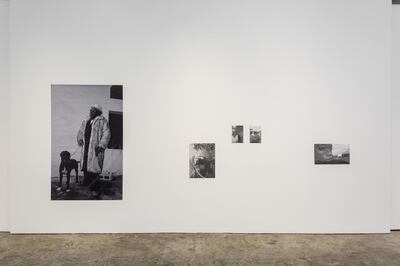
Despite his talent, Rickards' work was not widely celebrated in his island nation. "He was never acknowledged in Jamaica during his time," says Hergert. Before his death, Rickards was able to see his work exhibited in a gallery setting. In 2007, he was featured at a show in Switzerland. "He was really happy to see different people come and recognise his work, a recognition he never got in Jamaica. It was like he had to leave… A king is never crowned at home. It was unfortunate that people around him couldn't see his perspective on things.
"They either dismissed it as being too street or too hard. They wanted to see beaches and happy tourists,” says Hergert.
It was only in 2017 that the National Gallery of Jamaica showed Rickards’ work for the Jamaica Biennial. “They realised that they had missed one of their key artists, and he was one of the key exhibitions in their gallery, referred to as ‘the most important eye that was never known’ that came out of Jamaica,” he says. Now, he hopes that Rickards’ work – showing the “unsurpassed beauty and the underbelly that could make a rat puke” – will continue to travel the world for all to see.
The Afflicted Yard is on view at The Third Line, Dubai until Wednesday, March 4; www.thethirdline.com
